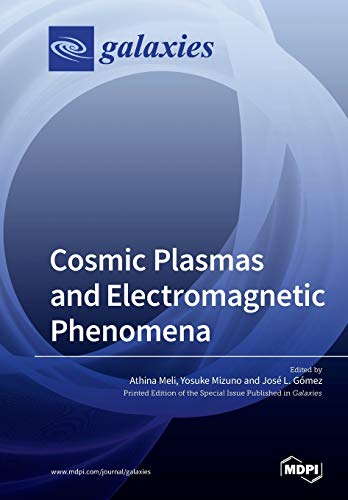

Most ebook files are in PDF format, so you can easily read them using various software such as Foxit Reader or directly on the Google Chrome browser.
Some ebook files are released by publishers in other formats such as .awz, .mobi, .epub, .fb2, etc. You may need to install specific software to read these formats on mobile/PC, such as Calibre.
Please read the tutorial at this link: https://ebookbell.com/faq
We offer FREE conversion to the popular formats you request; however, this may take some time. Therefore, right after payment, please email us, and we will try to provide the service as quickly as possible.
For some exceptional file formats or broken links (if any), please refrain from opening any disputes. Instead, email us first, and we will try to assist within a maximum of 6 hours.
EbookBell Team

0.0
0 reviewsDuring the past few decades, plasma science has witnessed a great growth in laboratory studies, in simulations, and in space. Plasma is the most common phase of ordinary matter in the universe. It is a state in which ionized matter (even as low as 1%) becomes highly electrically conductive. As such, long-range electric and magnetic fields dominate its behavior. Cosmic plasmas are mostly associated with stars, supernovae, pulsars and neutron stars, quasars and active galaxies at the vicinities of black holes (i.e., their jets and accretion disks). Cosmic plasma phenomena can be studied with different methods, such as laboratory experiments, astrophysical observations, and theoretical/computational approaches (i.e., MHD, particle-in-cell simulations, etc.). They exhibit a multitude of complex magnetohydrodynamic behaviors, acceleration, radiation, turbulence, and various instability phenomena. This Special Issue addresses the growing need of the plasma science principles in astrophysics and presents our current understanding of the physics of astrophysical plasmas, their electromagnetic behaviors and properties (e.g., shocks, waves, turbulence, instabilities, collimation, acceleration and radiation), both microscopically and macroscopically. This Special Issue provides a series of state-of-the-art reviews from international experts in the field of cosmic plasmas and electromagnetic phenomena using theoretical approaches, astrophysical observations, laboratory experiments, and state-of-the-art simulation studies.